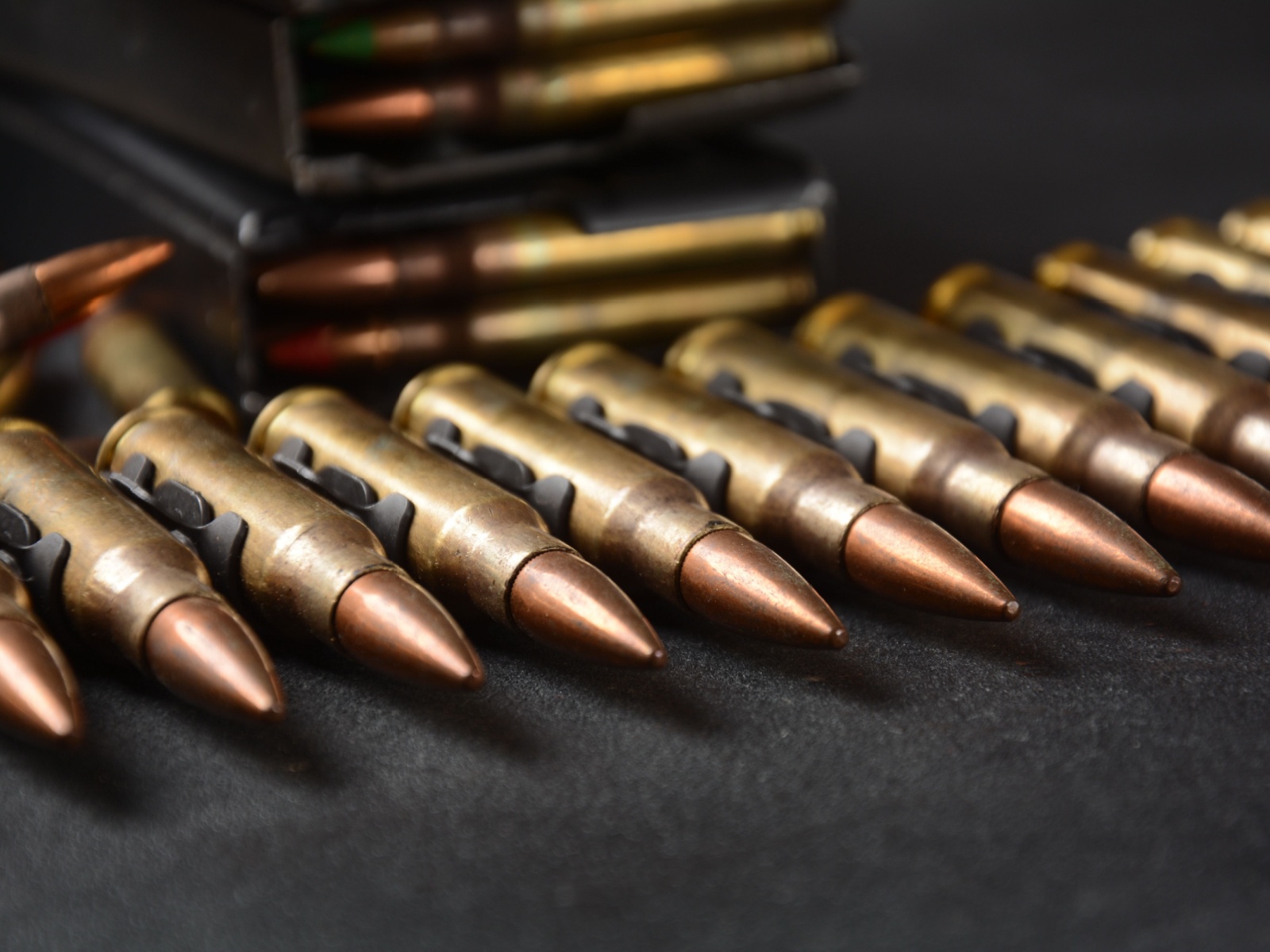ISO 28291 Misfire Resistance of Small Arms Cartridges
The ISO 28291 standard is a pivotal document in the realm of military testing, specifically addressing the misfire resistance of small arms cartridges. This standard ensures that ammunition meets stringent quality and safety requirements necessary for reliable performance under various conditions, especially critical during combat scenarios.
Developed by experts from around the world, ISO 28291 provides a standardized method to test the misfire resistance of small arms cartridges. It is particularly crucial in environments where equipment failure could lead to severe consequences. The standard covers both new cartridge designs and existing ones that undergo modifications or improvements.
The testing process involves subjecting cartridges to different stress factors such as temperature variations, humidity levels, and storage durations. This ensures the ammunition can withstand harsh conditions without failing to fire when needed. Compliance with ISO 28291 is mandatory for military organizations, ensuring they have reliable weapons systems that perform consistently under operational stress.
The standard applies universally across various types of small arms cartridges used in military applications. It provides a clear framework for manufacturers and suppliers, guiding them on how to design, produce, and test their products. This ensures interoperability between different weapon systems within an armed forces' inventory.
By adhering to ISO 28291, organizations demonstrate their commitment to maintaining high standards of quality control and reliability in ammunition production. The rigorous testing process outlined in this standard helps identify potential issues early on, allowing for timely corrections before the products reach end-users.
In addition to enhancing safety measures, compliance with ISO 28291 also contributes positively towards reducing waste by ensuring cartridges are robust enough not to fail during critical moments of use. This aligns well with broader sustainability goals within defense sectors globally.
Why It Matters
The reliability and safety of small arms ammunition are paramount in military operations, where even minor failures can have catastrophic consequences. Compliance with ISO 28291 ensures that the misfire resistance of cartridges is rigorously tested to meet international standards.
By adhering strictly to these guidelines, manufacturers ensure their products not only function correctly but also maintain consistency across all batches produced. This reliability translates into greater trust among users who know they are receiving dependable ammunition every time.
Furthermore, compliance with ISO 28291 helps prevent accidents in combat situations where misfires could lead to casualties or loss of equipment. It fosters a safer working environment by reducing the risk associated with improper functioning of firearms during critical missions.
The standard also plays an essential role in maintaining interoperability between different weapon systems within military units, ensuring seamless operations across various platforms and countries. This is especially important given today's increasingly internationalized conflicts requiring collaboration among multiple forces operating together effectively.
Overall, ISO 28291 provides a robust framework that enhances the overall performance of small arms ammunition, contributing significantly to safer and more efficient military operations worldwide.
International Acceptance and Recognition
The international acceptance and recognition of ISO standards like 28291 are crucial for ensuring consistency in quality and performance across different countries. The widespread adoption of this standard by various military organizations worldwide underscores its importance as a benchmark for excellence.
ISO 28291 has been embraced not only by NATO member nations but also by other major defense powers such as Russia, China, Israel, and several European Union member states. Its implementation ensures that the misfire resistance of small arms cartridges meets stringent criteria recognized globally.
The standard's broad acceptance facilitates smoother collaboration between different armed forces engaged in joint operations or exercises. It promotes interoperability among various weapon systems from diverse manufacturers operating under varied regulations but adhering to common standards.
Moreover, compliance with ISO 28291 can enhance trust and confidence within supply chains that extend beyond national borders. This is particularly beneficial for multinational defense contractors who must ensure their products meet the highest standards across different regions.
The international acceptance of this standard also contributes to reducing unnecessary duplication of efforts by standard-setting bodies in various countries. By aligning with internationally recognized norms, ISO 28291 helps streamline processes and resources dedicated to ammunition testing and quality assurance worldwide.
Use Cases and Application Examples
| Test Case | Description |
|---|---|
| Misfire Resistance at Extreme Temperatures | This test assesses the ability of cartridges to fire reliably when exposed to extreme cold or heat conditions. The cartridge is stored in a controlled environment that simulates real-world battlefield scenarios before being fired. |
| Humidity Impact on Misfire Probability | In this scenario, cartridges are subjected to high humidity levels over extended periods. This helps determine if moisture affects the ignition characteristics of the propellant within the cartridge. |
| Storage Duration Effects | The test evaluates how long a cartridge can remain in storage before its misfire resistance degrades significantly. This is crucial for maintaining inventory freshness and effectiveness over extended periods. |
| Combined Stressors Test | This comprehensive evaluation subjects the cartridge simultaneously to multiple stress factors like temperature changes, humidity exposure, and varying storage durations. It provides insights into overall resilience under realistic conditions encountered in actual field usage. |
| Propellant Ignition Delay Measurement | The duration between priming and full combustion of the propellant is measured accurately using advanced instrumentation. This data helps refine ignition processes to minimize misfires effectively. |
| Critical Impact Force Analysis | This test examines how external forces acting on the cartridge affect its ability to ignite correctly upon impact with a firing pin or similar mechanism. It ensures that design elements do not inadvertently contribute to misfiring situations. |
These use cases highlight practical applications of ISO 28291 in ensuring reliable performance of small arms cartridges under diverse operational conditions. By addressing these scenarios, the standard supports robust ammunition development and production processes essential for maintaining effective military operations globally.





